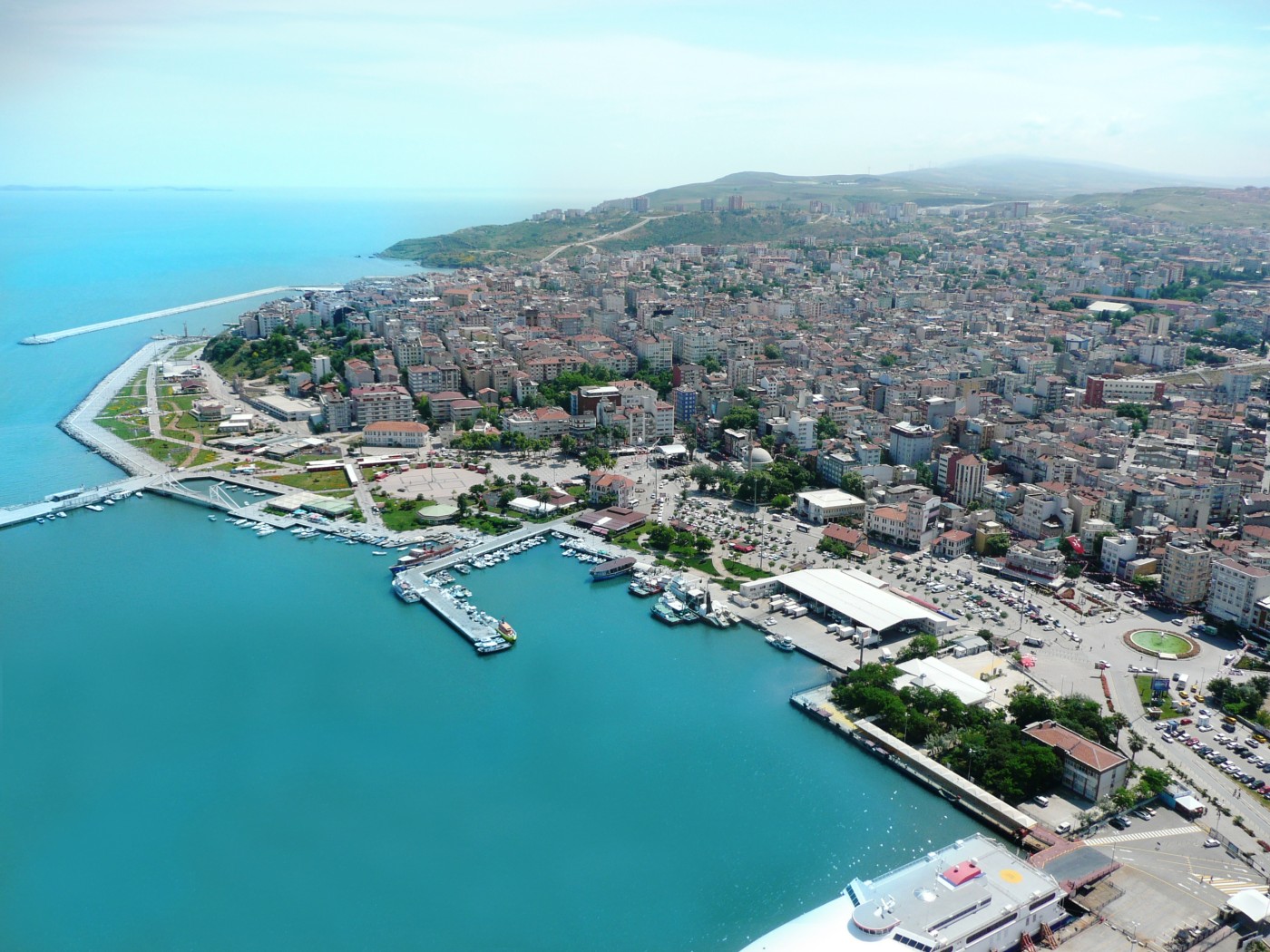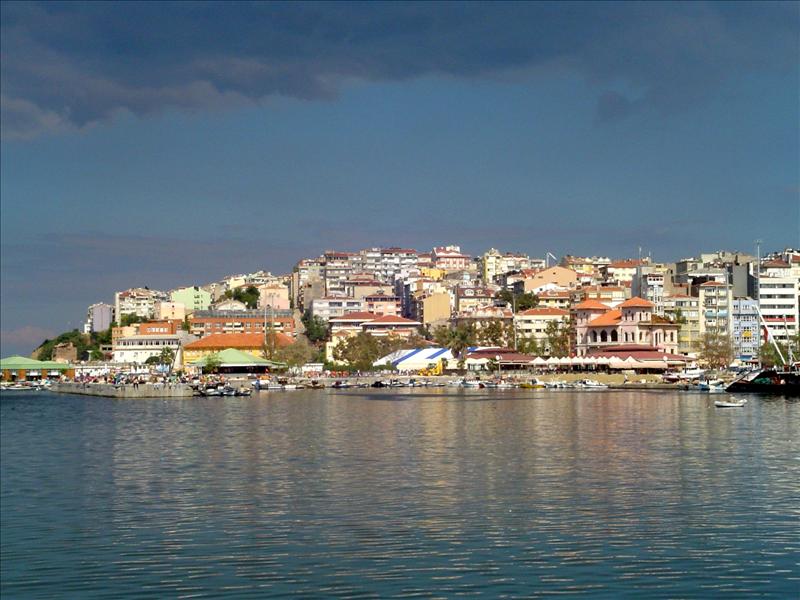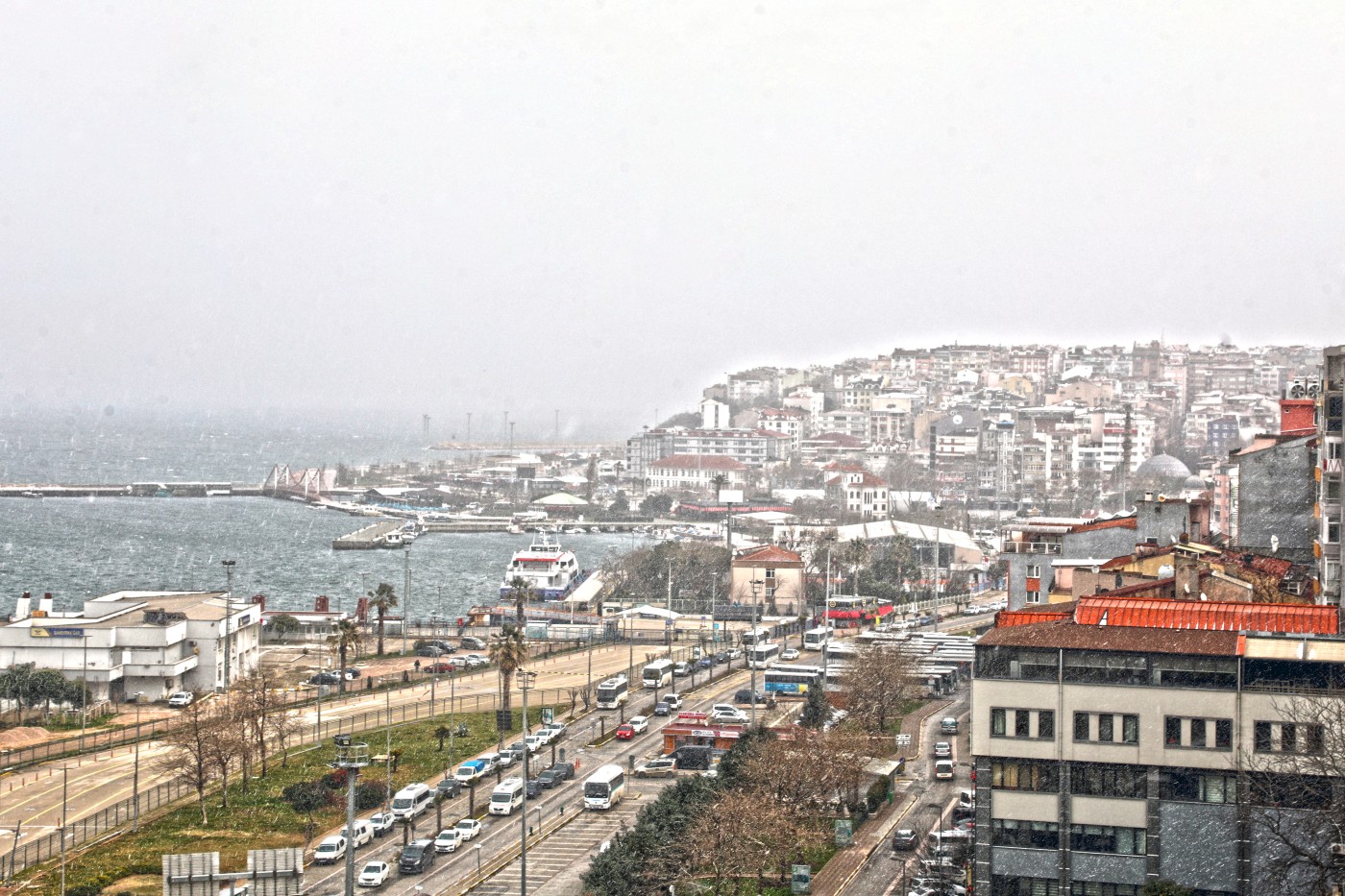Bandirma

Memorandum of Cooperation from 23 January, 2014
Population: 139,874 residents
Mayor: Dursun Mirza
Official website: https://www.bandirma.bel.tr
Bandırma is located in the south of the Marmara Sea, in the port with the same name, and is an important coastal city in Turkey. Its strategic geographical position places it approximately two hours from three of the country's largest cities: Istanbul, İzmir, and Bursa. The city is accessible via multiple transportation modes, including road, sea, air, and rail. It serves as a crucial junction, connecting Aegean region through Balıkesir to the south, the rest of Anatolia, Istanbul via Bursa, and Thrace region through Çanakkale. Regular ferry and sea bus services operate between Istanbul and Bandırma, with increased frequency during the summer months, facilitating a comfortable two-hour journey. Additionally, daily train services link İzmir and Bandırma, catering to those who prefer rail travel.
History
The origins of Bandırma remain uncertain, though some researchers suggest that the city's history dates back to the 8th or 9th centuries BCE, contemporaneous with the founding of ancient cities like Cyzicus on the Kapıdağ Peninsula. Initially, Bandırma was located approximately two kilometres northeast of its current centre, near modern districts such as Livatia and Yağlıdere. Over the centuries, the city came under the control of various civilizations until it was conquered in 1106 by Suleiman Qutalmish I, marking the arrival of Turkish inhabitants. In the 13th century, Bandırma was under the protectorate of the Karasids, and in 1345, it was incorporated into the Ottoman Empire during the reign of Orhan Gazi. At that time, Bandırma was a small fishing town, and Orhan Gazi appointed his eldest son, Suleiman Pasha, as the ruler of the district.
Administratively, Bandırma underwent several changes: initially part of the Aydıncık district, later the Hüdavendigar district, and in the second half of the 16th century, it became a village in the Kapıdağ region, part of the Galata district. In 1830, Bandırma became part of the Kapıdağ region under the Erdek district, governed by a voivode. By 1873, Bandırma had become a district of Erdek.
The 20th century marked a turning point for Bandırma. Its strategic location made it a target during periods of conflict, notably experiencing harsh occupation. The local population, led by Mustafa Kemal Atatürk, resisted, culminating in the city's liberation on 17 September 1922. A monument called "The Last Bullet" stands as a testament to this struggle for independence.
Geographical Location
Bandırma is situated in the northern part of Balıkesir province, encompassing 32 villages and two towns. It is bordered by Erdek to the north, Bursa's Karacabey district to the east, Manyas to the south, and Gönen to the southwest. The district covers an area of 690 km2, with elevations ranging from 1 to 764 metres above sea level. The terrain is partially uneven and hilly, with Karadağ being the highest peak at 764 metres. The Kapıdağ Peninsula, located north of the city between the bays of Bandırma and Erdek, is a notable geographical feature. Bandırma serves as an important seaport, stretching along the 31-kilometre-long bay that shares its name. Positioned centrally within a triangle formed by Istanbul, Bursa, and İzmir, Bandırma holds a strategic location. The Eğridere River is the longest in the region, and to the south lies Lake Manyas, also known as Bird Lake, home to the renowned Bird Paradise national reserve.

Economy
Bandırma stands as one of the leading industrial centres in its region, hosting a diverse range of industries. Key sectors include the production of high-quality fertilisers, flour milling, animal feed, fibre processing, rice milling, vegetable oil production, poultry farming (encompassing broiler chickens and egg production), tomato paste manufacturing, frozen seafood processing, and marble and stone extraction. Notably, Bandırma contributes approximately 15% of Turkey's chemical fertiliser production and 25% of its broiler chicken output, holding a 20% share in the national poultry market. The Bandırma Organized Industrial Zone accommodates companies operating in various sectors, such as machinery and equipment, food processing and packaging, chemical products, iron and steel, and forestry products.

Culture and Leisure
Bandırma has a rich cultural heritage, evident in its array of historical buildings that reflect its storied past. Notable architectural landmarks include the Haydar Çavuş Mosque, the Haydar Çavuş Fountain, the Teachers' House, the Former Deacons' Chapel, the Wedding Hall (formerly the pier building), the New Library (formerly the monopolies building), the Çelik Spor Club Building (formerly the train station), the Sunullah Mosque, the Bandırma Primary School, the Government Building, and the Ulu Mosque. These structures not only showcase diverse architectural styles but also serve as tangible links to the city's multifaceted history. The city's cultural richness is further enhanced by its status as a melting pot of traditions, owing to the influx of immigrants over the years. This blend of customs and traditions has cultivated an eclectic and vibrant cultural scene, offering residents and visitors a unique experience.
Tourism
Bandırma and its surrounding regions are replete with tourist attractions that cater to a wide array of interests. The city is home to the Archaeological Museum, which plays a pivotal role in showcasing the area's rich historical and cultural heritage. Nearby, the ancient cities of Daskyleon and Cyzicus offer invaluable insights into the region's past civilizations. Nature enthusiasts can visit the Bird Paradise National Park, renowned for its diverse avian population and serene landscapes. Additionally, various mineral hot springs in the vicinity provide opportunities for relaxation and wellness tourism. Bandırma also offers a range of social amenities, including safe and comfortable hotels and excellent restaurants, ensuring visitors have a pleasant and fulfilling stay.
